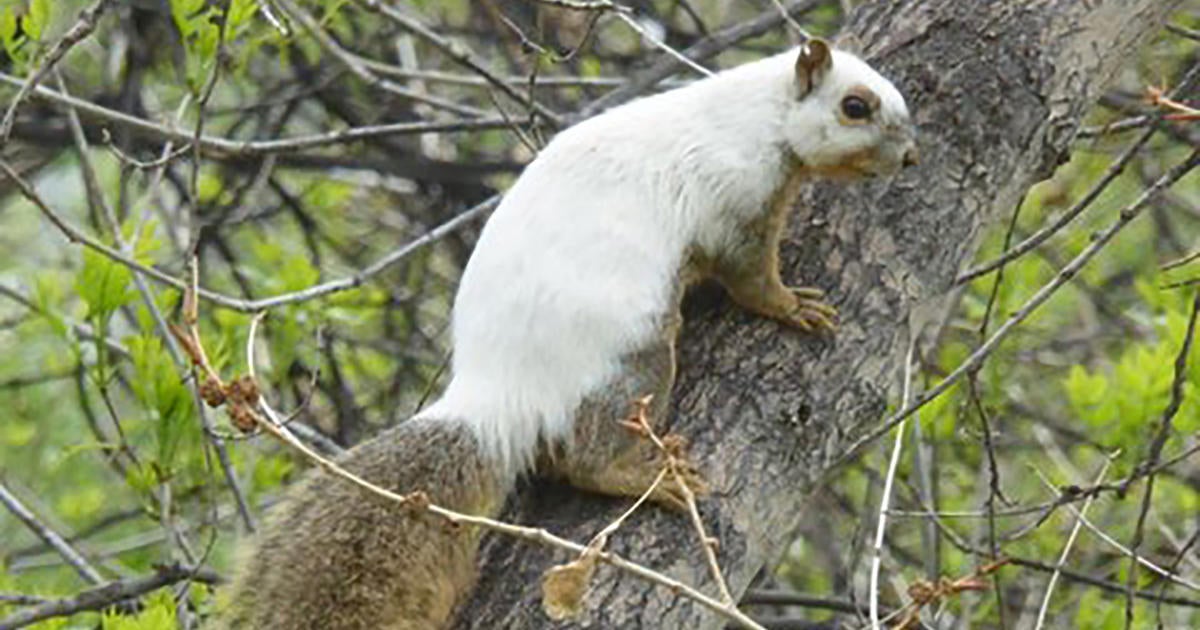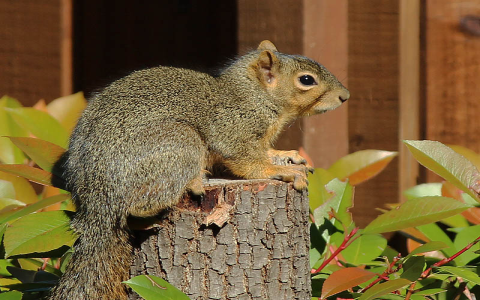The Enigmatic Piebald Squirrel
In the heart of North America, a unique creature roams the woodlands, captivating the hearts of nature enthusiasts and casual observers alike: the piebald squirrel. With its striking coat of black and white fur, this squirrel stands out among its more common relatives. The piebald pattern, characterized by irregular patches of color, not only makes it visually stunning but also raises intriguing questions about genetics, adaptation, and the role of such variations in the wild.
The piebald squirrel is a rare genetic variant of the eastern gray squirrel. This condition arises from a mutation that affects the pigmentation of the fur, leading to the distinctive white patches. While the exact cause of this mutation remains a topic of research, it is believed to be linked to a recessive gene. This genetic anomaly can occur in various species, but its manifestation in squirrels is particularly fascinating due to their social behavior and adaptability.

Observing a piebald squirrel in its natural habitat can be a delightful experience. These squirrels are often seen foraging for nuts and seeds, climbing trees with agility, and interacting with other wildlife. Their unique appearance can sometimes lead to increased attention from predators, making survival a challenge. However, their ability to blend into certain environments, especially during the winter months when snow covers the ground, can provide them with a strategic advantage.
The piebald pattern serves as a reminder of nature’s diversity and the beauty of genetic variation. While some may view these squirrels as mere anomalies, they play a crucial role in the ecosystem. Squirrels, in general, are vital for seed dispersal, helping to maintain the health of forests. By burying nuts and seeds, they inadvertently contribute to the growth of new trees, promoting biodiversity. The presence of piebald squirrels adds an extra layer of intrigue to this ecological role, as their unique appearance can draw more attention to the importance of wildlife conservation.
In addition to their ecological significance, piebald squirrels have also become a symbol of uniqueness and individuality. In a world that often values conformity, these squirrels remind us of the beauty found in differences. Their striking appearance can inspire conversations about acceptance and the importance of embracing diversity in all forms, whether in nature or society.
The fascination with piebald squirrels extends beyond their physical attributes. Many wildlife photographers and enthusiasts seek out these rare creatures, hoping to capture their beauty on camera. Social media platforms are filled with images and videos showcasing their playful antics, further popularizing their image. This growing interest has led to increased awareness about the need to protect their habitats and ensure that future generations can enjoy the sight of these remarkable animals.
As we continue to explore the natural world, the piebald squirrel serves as a reminder of the wonders that exist within it. Each sighting is a celebration of nature’s creativity and resilience. By appreciating these unique creatures, we can foster a deeper connection to the environment and a greater commitment to conservation efforts.
In the end, the piebald squirrel is more than just a striking animal; it embodies the complexities of nature and the importance of diversity. Its presence in our forests encourages us to reflect on our relationship with the natural world and the responsibilities we hold in preserving it for future generations. The next time you spot a piebald squirrel, take a moment to appreciate not only its beauty but also the intricate web of life that it represents.



